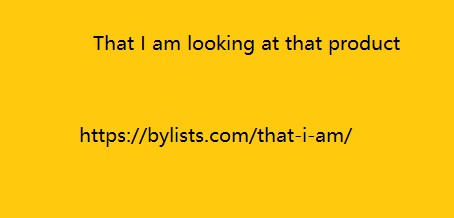This article explores industry standards for valid
In today’s data-driven world, maintaining accurate and valid contact information within your database is crucial for successful customer relationships and efficient business operations. However, ensuring consistent record validity can be a challenge across diverse industries. This article explores industry standards for valid contact records, offering valuable insights and best practices for maintaining clean data within your database.
Why Valid Contact Records Matter:
Inaccurate or outdated contact information That I am looking at that product can lead to a multitude of problems, including:
- Wasted Resources: Marketing campaigns and outreach efforts targeting invalid contacts are a waste of time and resources.
- Delivery Failures: Important communications like invoices or order confirmations might not reach intended recipients.
- Damaged Reputation: Bounced emails and undelivered packages create a negative user experience.
- Regulatory Compliance Issues: Depending on your industry, data privacy regulations might mandate specific data maintenance practices.
Industry Standards for Valid Contact Records:
While specific standards might vary slightly across industries, some core principles apply:
- Basic Information: Ensure essential fields like name, email address, phone number, and company details are accurate and complete.
- Data Format Consistency: Standardize data formats for fields like phone numbers (e.g., international dialing codes) and postal addresses (e.g., state/province abbreviations).
- Data Validation: Implement validation rules to prevent invalid entries during data input, such as improper email syntax or incomplete addresses.
- Regular Data Cleansing: Schedule regular data cleansing processes to identify and remove duplicate entries, outdated information, or inactive contacts.
- Third-Party Verification Services: Consider utilizing third-party verification services for specific fields like email addresses to improve data accuracy.
Best Practices for Maintaining Clean Contact Records:
Here are some actionable tips to maintain valid contact information in your database:
- Double Opt-In for Email Subscribers: Require email subscribers to confirm their email address through a double opt-in process to reduce the risk of typos or invalid entries.
- Provide Update Mechanisms: Offer users clear and easy ways to update their contact information within your system.
-
Track Opt-Outs and Bounces:

- Monitor bounced emails and opt-out requests b2b lead generation pdf to identify invalid contact information and remove it promptly.
- Leverage Data Enrichment Tools: Explore data enrichment tools that can append missing information or verify existing data points.
- Employee Training: Educate your team on the importance of data quality and best practices for data entry and validation.
Conclusion:
Maintaining valid contact records within industry standard databases is an ongoing process. By understanding the importance of data accuracy, familiarizing yourself with industry standards, and implementing best practices for data cleansing and verification, you can ensure your database remains a valuable asset for effective communication, targeted marketing, and efficient business operations. Remember, clean data empowers your business to engage with customers on a deeper level, drive sales, and ultimately achieve success.


